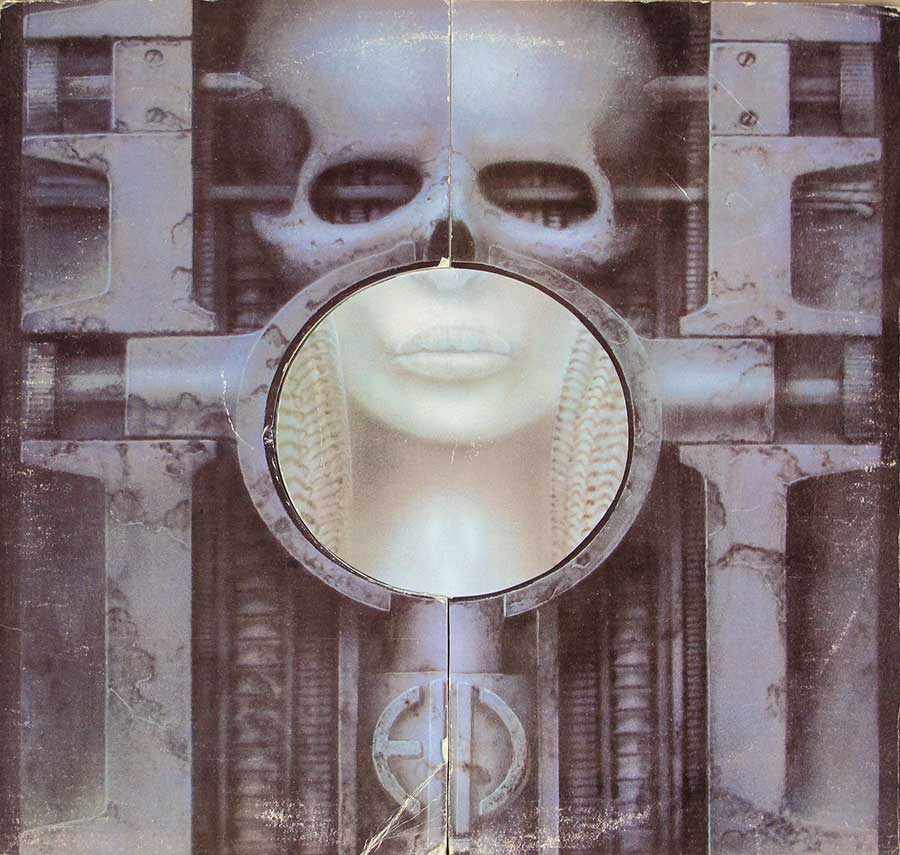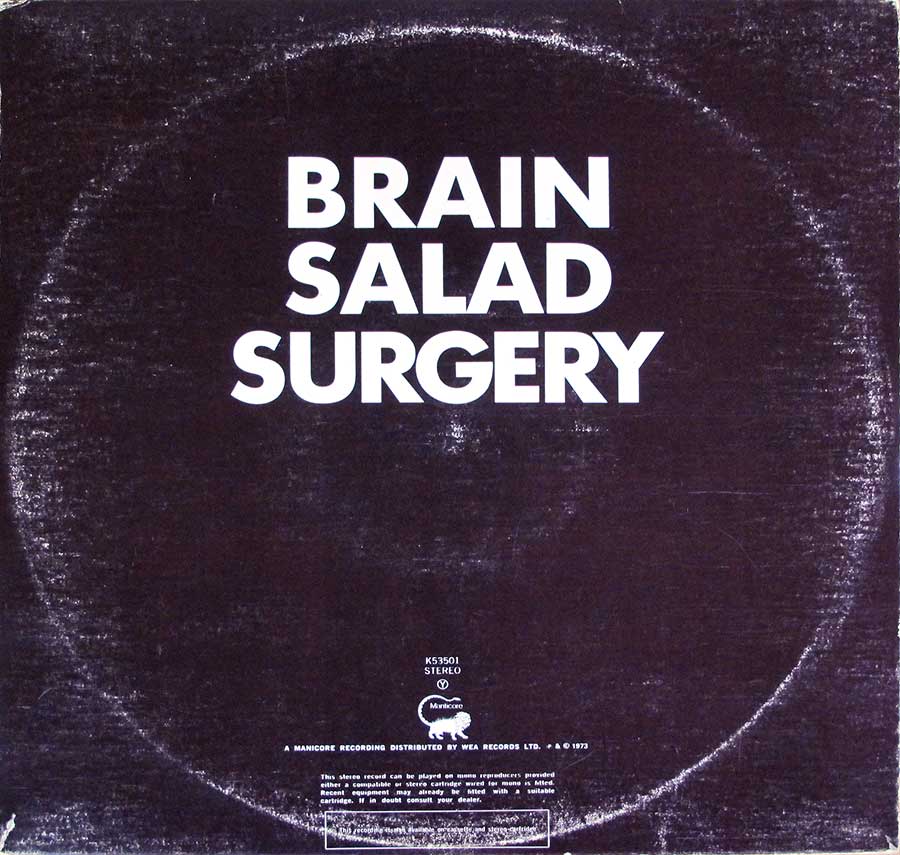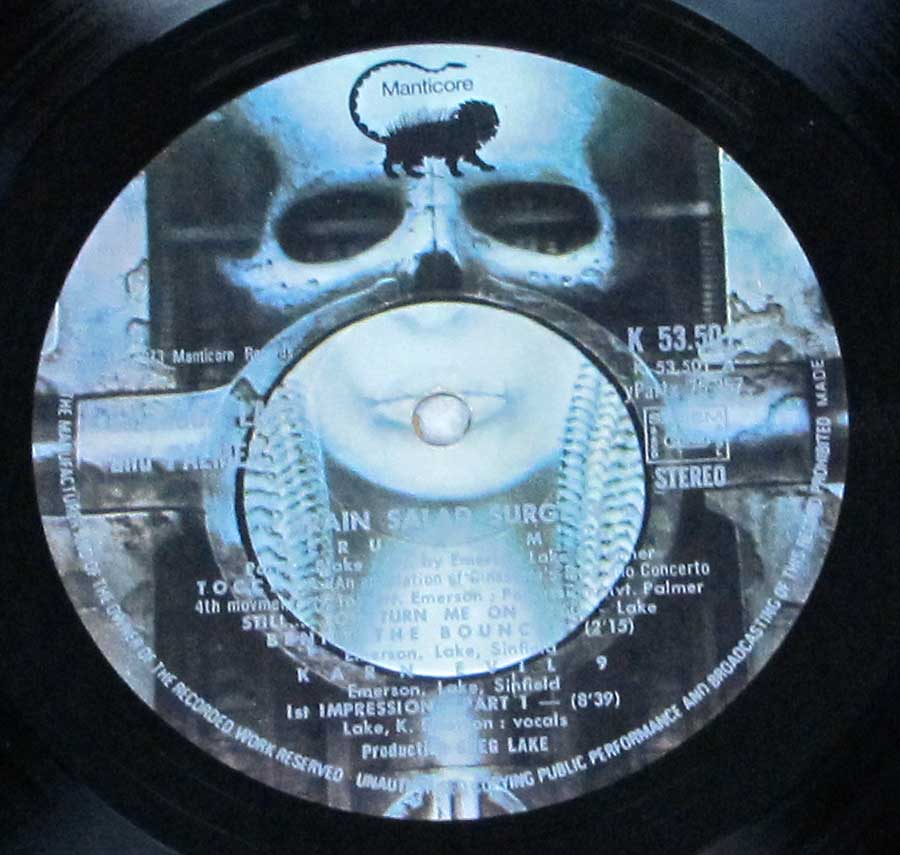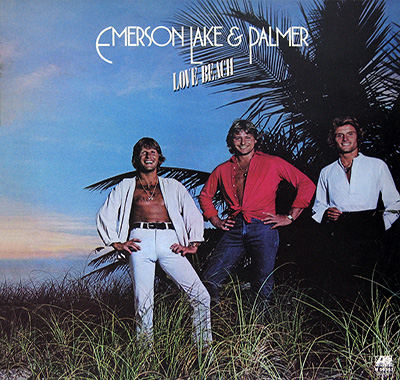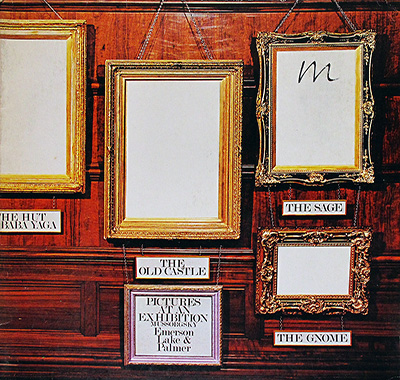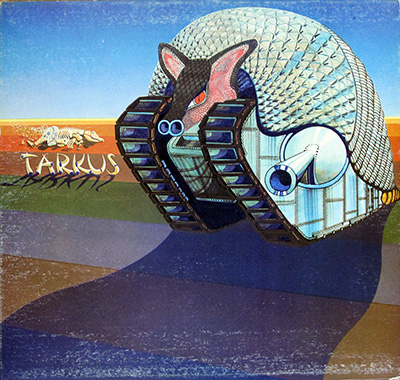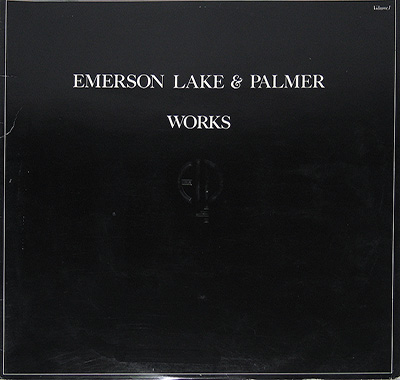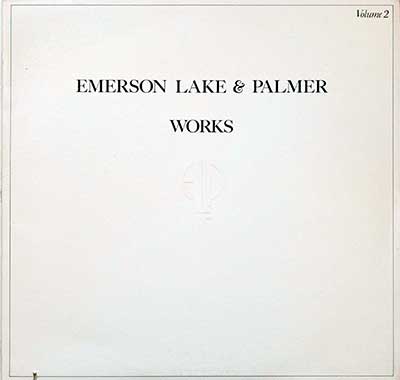Emerson, Lake & Palmer's "Brain Salad Surgery," released in 1973, is a sonic behemoth that stormed onto the progressive rock scene with all the subtlety of a sledgehammer wrapped in velvet. It's an album that dared to be different, that reveled in excess, and that ultimately left an indelible mark on the musical landscape, even if it did so while occasionally tripping over its own ambition. This audacious exploration of progressive rock's limits has continued to captivate listeners and spark debate for decades.
This wasn't just any album; this was a French release, a 12-inch vinyl LP with a gatefold cover that practically begged you to unfold it and dive into its bizarre world. And what a world it was. H.R. Giger, the twisted genius behind the "Alien" franchise, lent his nightmarish visions to the artwork, creating a visual feast that was as disturbing as it was mesmerizing. A skull-like face with a gaping maw, wires snaking out of its head, and a phallus-shaped object protruding from its forehead - this wasn't your grandmother's record collection. The album's striking cover art has become an iconic symbol of the progressive rock era, often cited as one of the most recognizable and controversial album covers of all time.
But the music itself was the main course, a multi-layered, multi-movement symphony of progressive rock excess. Emerson's keyboards swirled and soared, a dizzying array of sounds that ranged from delicate piano lines to bombastic organ blasts. Lake's vocals, both powerful and vulnerable, anchored the madness, while Palmer's drumming provided a relentless rhythmic backbone that could turn on a dime from jazzy syncopation to full-on rock fury. The instrumental virtuosity displayed on the album, particularly Emerson's groundbreaking use of the Moog synthesizer, solidified ELP's reputation as technical masters of their craft.
The album was a product of its time, a time when progressive rock was at its peak, pushing the boundaries of what was considered popular music. Bands like Yes, Genesis, and King Crimson were all exploring complex song structures, incorporating classical and jazz influences, and pushing the limits of their instruments. ELP, however, took this exploration to the extreme.
"Brain Salad Surgery" wasn't for the faint of heart. Its lengthy instrumental passages, complex arrangements, and occasional forays into avant-garde territory could be challenging, even for seasoned prog fans. But for those willing to take the plunge, it offered a rewarding listening experience, a journey into a world where musical rules were meant to be broken. The album's epic tracks, like the multi-part suite "Karn Evil 9," have become staples of progressive rock, revered for their ambition and complexity.
Of course, not everyone was a fan. Some critics dismissed the album as pretentious and overblown, accusing ELP of sacrificing melody and emotional depth for the sake of technical wizardry. But others hailed it as a masterpiece, a testament to the band's ambition and willingness to push the envelope. The album's polarizing nature has fueled debates and discussions among music fans for decades, ensuring its enduring relevance in the progressive rock canon.
Recorded at London's Advision and Olympic Studios, with Greg Lake producing and Chris Kimsey engineering, the album was a labor of love, a testament to the band's commitment to their craft. It was a bold statement, a middle finger to those who thought rock music couldn't be both intelligent and visceral. The intricate production and meticulous attention to detail evident on the album further solidified ELP's reputation as studio perfectionists.
